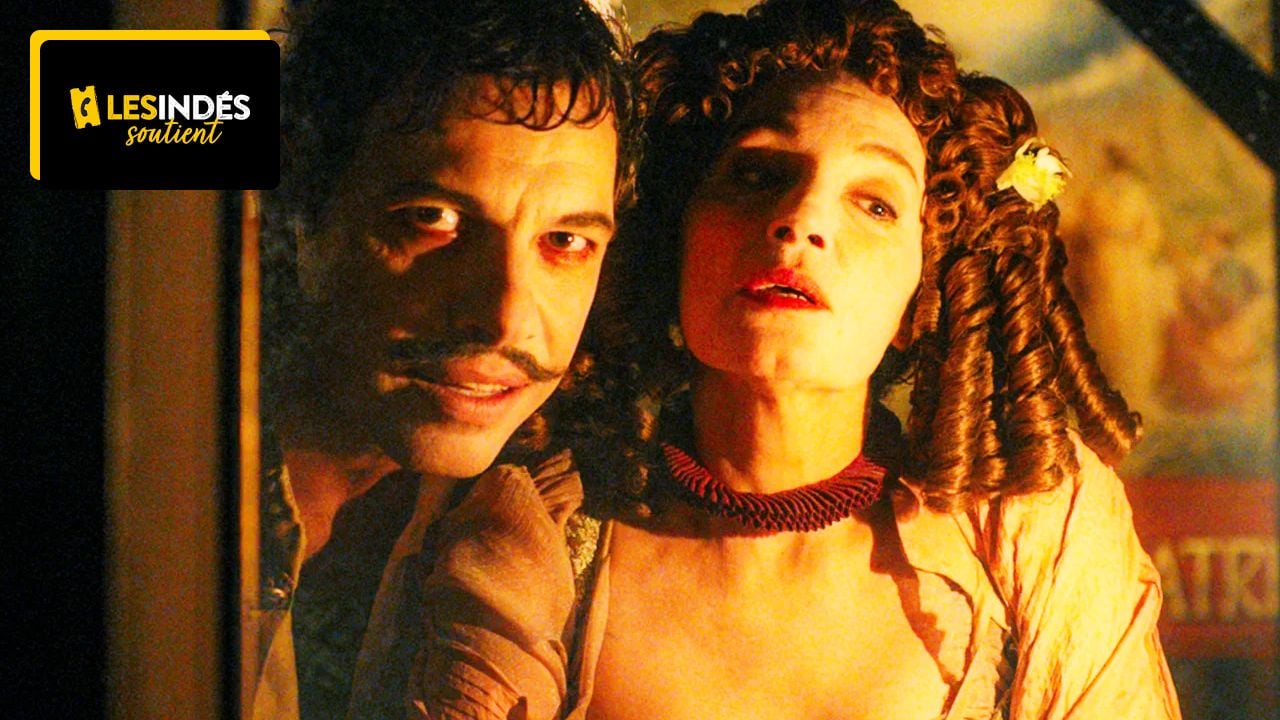what are you talking about
Paris, February 17, 1673. As every evening, Moliere takes to the stage of the Palais-Royal Theater to play. “Imaginary Sick”. This will be his last performance.
3 good reasons to see “Imaginary Moliere”.
There are relatively few films about Moliere in the cinema. There was indeed a piece by Ariane Mnushkin or a funnier piece by Laurent Thirard. But the most famous French theater author is quite rare on the big screen. Which is a good reason to see this opus, besides.
1 – Film shot in sequence
Like Birdman, which also took place in the world of theatre, the imaginary Moliere takes the form of a (false) shot. In the enclosed space, between the stage and the wings, the camera moves laterally and vertically, sometimes moving from one floor to another fluidly, with a great sense of composition.
Thus, Olivier Pi uses cinematic language to talk about theater. without giving the impression of being in a filmed or filmed performance. “When I started thinking about this film, I had the idea of a unique location that would allow for a shot sequence. And also a cavalcade to death that becomes inevitable precisely because there is no cut shot.”– says the director and playwright.
The time of the film is the time of the audience’s heartbeat
“So there’s no escaping it. The time of film is the time of the audience’s heartbeat. This idea of the single shot came very quickly, and it defined a writing that, as a result, is neither literary nor theatrical, but truly cinema. .”
“From the beginning I wanted to account for the travel from one setting to another. Something had to be written to follow the route of this camera.”
2 – From comedy to tragedy (and vice versa)
The absence of visible cuts gives the audience the feeling of attending a live performance, in the sense that everything is happening continuously before their eyes and in real time. And Olivier Pi orchestrates before our eyes, the tragedy that unfolds around the comedy, with the announcement of Moliere’s death at the end of the play. “imaginary illness”.
Although he took liberties with the story and played with the rumors surrounding the author’s personality. For the simple reason that there are few documents about it. “Therefore, we are forced to imagine what happened on that incredible night when he died on stage, acting out his own death and dooming himself to death.”– says Olivier Pi. Hence the title of his film “Imaginary Moliere”.
3 – Laurent Lafitte, the beast of the stage
It’s almost obvious to point this out, but we shouldn’t overlook Laurent Lafitte’s place in the strengths of this imaginary Moliere. More than one symbolic film for this native of Comedie-Française, where he has already performed the author’s texts.
If he only wants to “Change the shape of the mustache” To become Moliere, as he tells us with a laugh, the actor and director here seems to be a dramatist whose agony he perfectly plays from the opening monologue. In a candlelit film with a polished aesthetic, where he mixes the two aspects of his profession: theater and cinema, the marriage of which Olivier Pi celebrates.
Source: Allocine
Rose James is a Gossipify movie and series reviewer known for her in-depth analysis and unique perspective on the latest releases. With a background in film studies, she provides engaging and informative reviews, and keeps readers up to date with industry trends and emerging talents.







